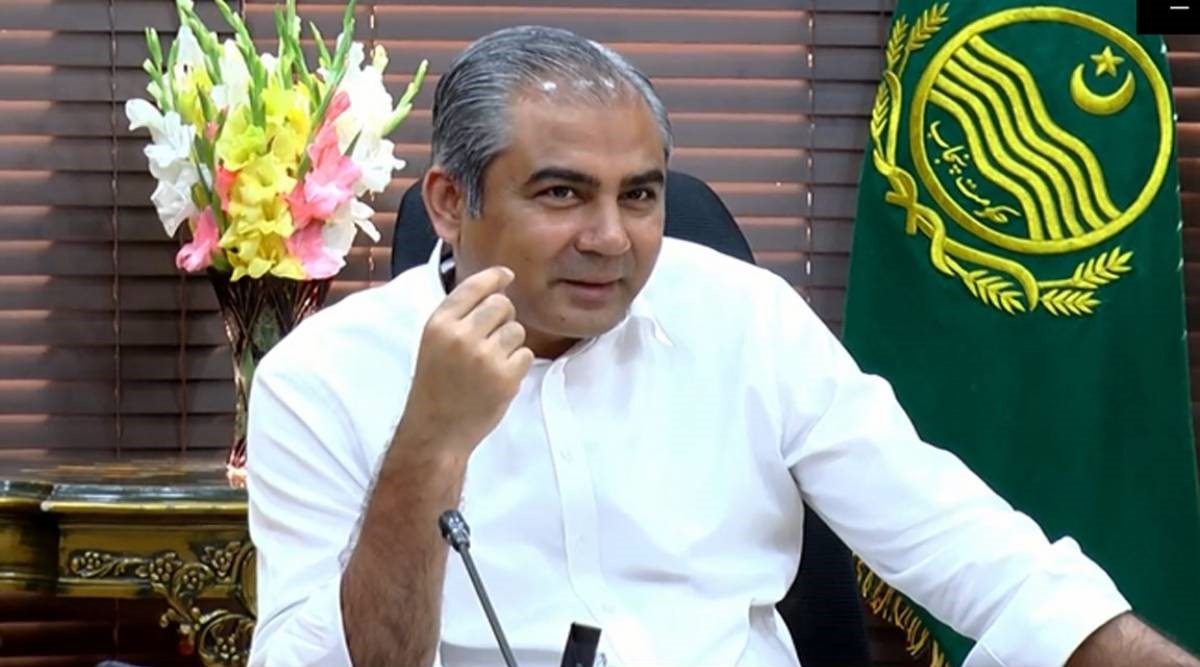Pakistan has issued a formal alert warning of potential glacial flooding in its mountainous northwest as above-average monsoon rains intensify across the region. With heavier than normal rainfall recorded in Khyber Pakhtunkhwa province compared to the same period last year, authorities are on high alert for glacial lake outburst floods (GLOFs) and secondary weather disasters. The warning, issued by the KP Disaster Management Authority, reflects mounting concern about the impact of ongoing climate shifts, as regions already vulnerable to glacier melt brace for more rainfall in the days ahead.
Anwar Shahzad, a spokesperson for the provincial disaster authority, emphasized that rising temperatures and heavy precipitation are creating volatile conditions, heightening the risk of floods triggered by melting snow and glaciers. Earlier this month, the authority circulated a letter to relevant agencies noting that “persistent high temperatures may accelerate snow and glacier melt,” particularly in sensitive mountainous areas. This pattern underscores the intensifying effects of climate change, which has continued to strain Pakistan’s infrastructure and disaster preparedness following the catastrophic 2022 floods.
According to disaster management spokesperson Faizullah Firaq, multiple areas in KP have suffered extensive damage to homes, roads, agriculture, and small businesses. He noted that search operations are underway to locate missing individuals near the Babusar Highway, where flash floods have devastated at least nine villages. Tourists trapped in Fairy Meadows, a scenic destination popular with hikers, were airlifted to safety by military helicopters.
Khyber Pakhtunkhwa Tourism Department confirmed that over 500 tourists were evacuated from Naran, another high-altitude tourist site, after an overnight cloudburst on Friday caused landslides and road blockages. Emergency response teams have been using heavy machinery to clear debris and restore road access.
In the adjacent Gilgit-Baltistan region, emergency supplies including tents, food packages, and medical aid have been distributed to flood-hit communities. Earlier this week, a severe cloudburst led to flash floods and landslides, claiming three lives and briefly stranding over 200 tourists, all of whom were successfully rescued.
While monsoon rains are a natural and critical part of South Asia’s climate system—vital for agriculture and replenishing water resources—their destructive impact has worsened in recent years. Experts attribute this to unplanned urban development, insufficient drainage systems, and the rising frequency of extreme weather events linked to global climate change.
The 2022 floods served as a stark warning, and this year’s escalating monsoon season already shows similar patterns of disruption. The government continues to mobilize resources for both immediate disaster response and long-term adaptation planning, but the compounding effects of climate volatility and local vulnerability remain a pressing challenge for Pakistan’s environmental resilience.















